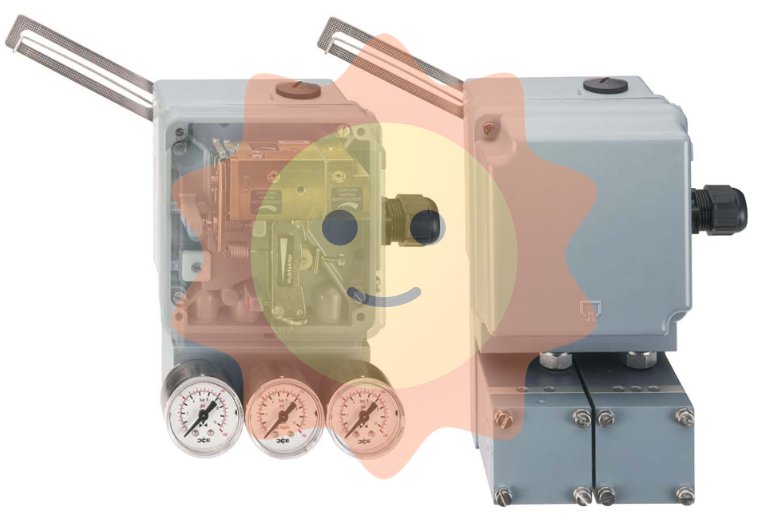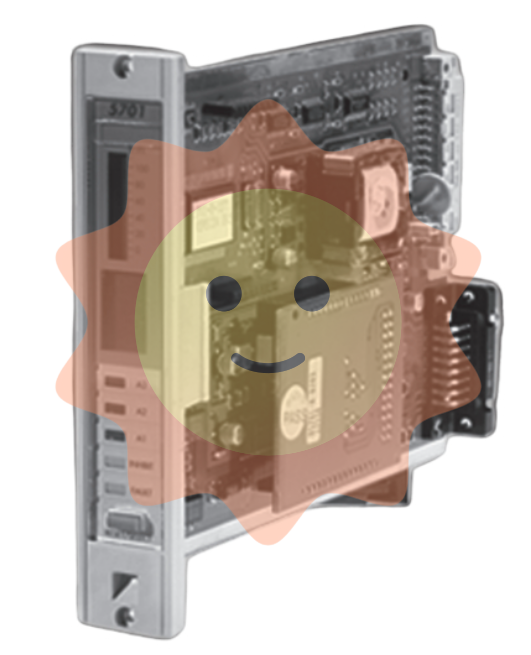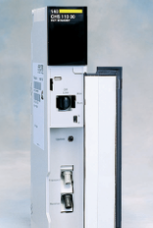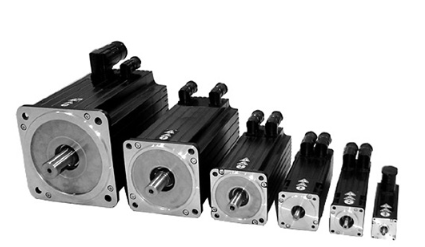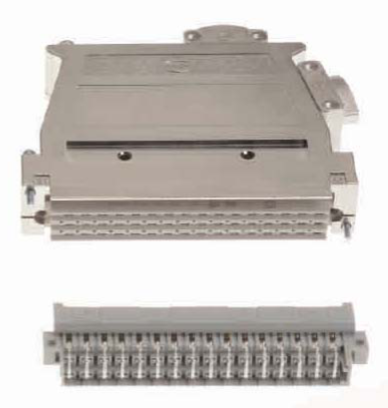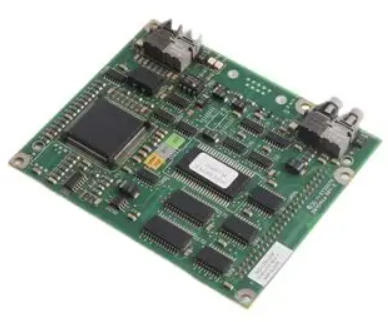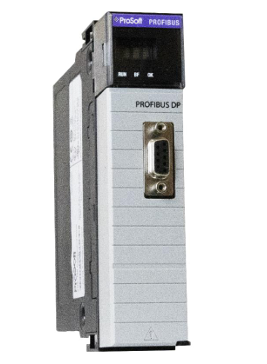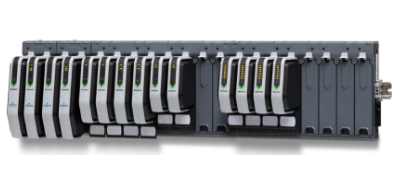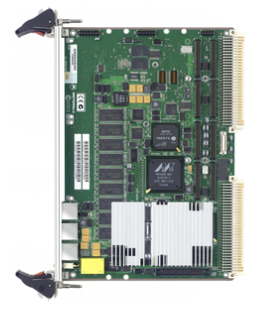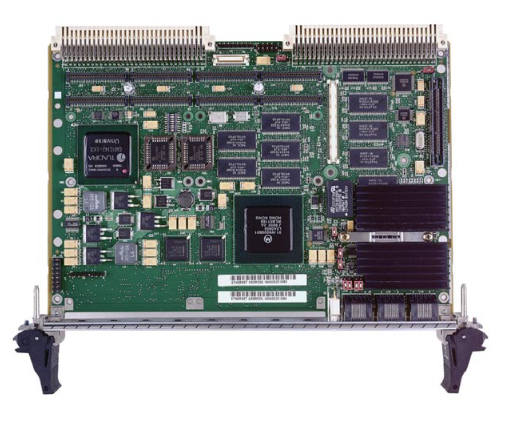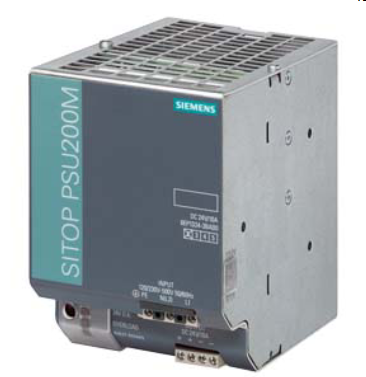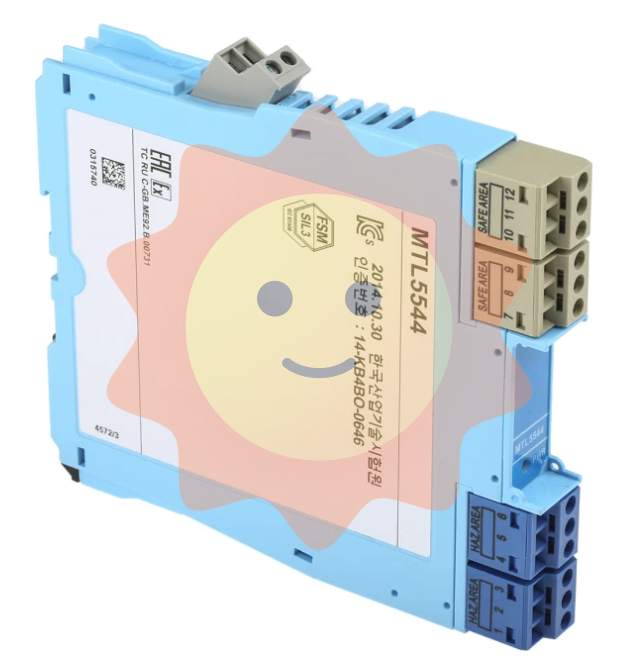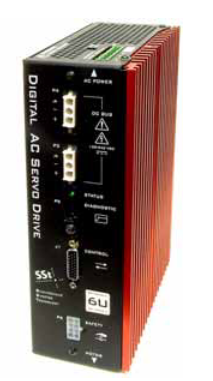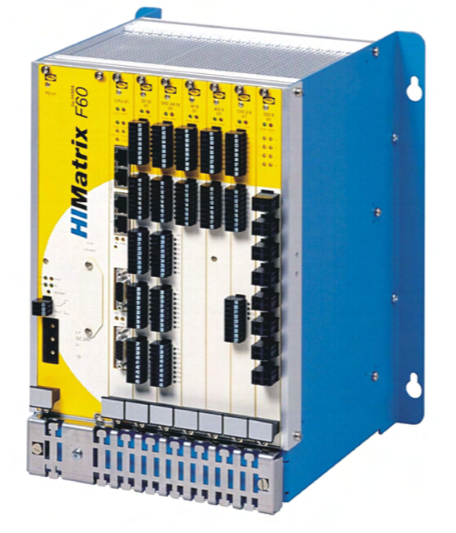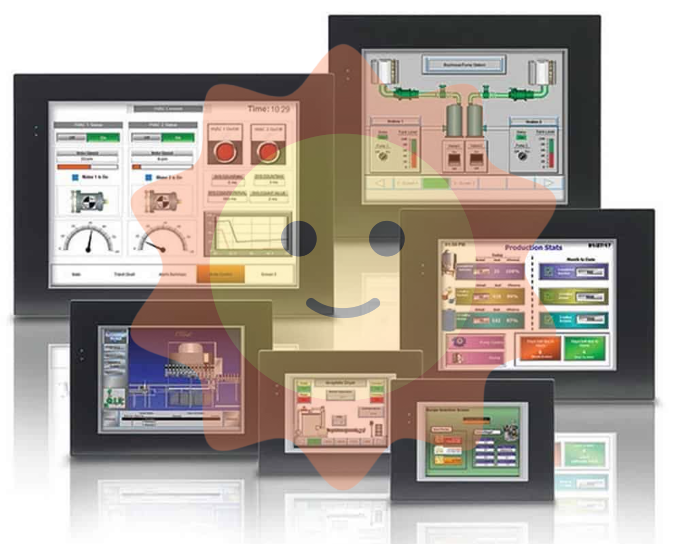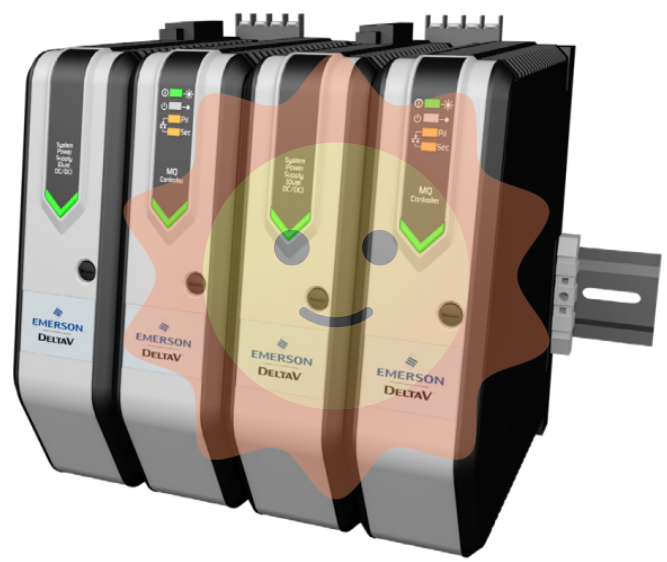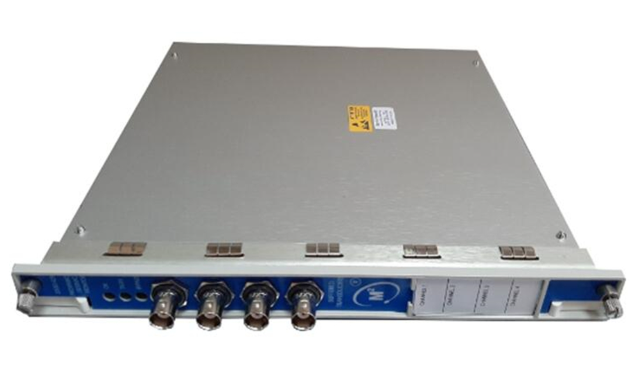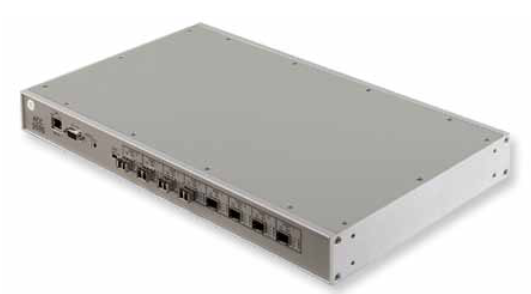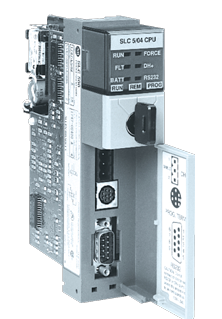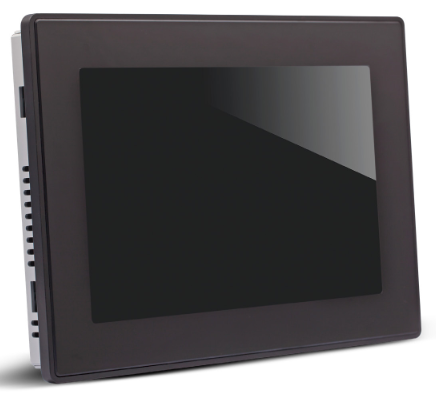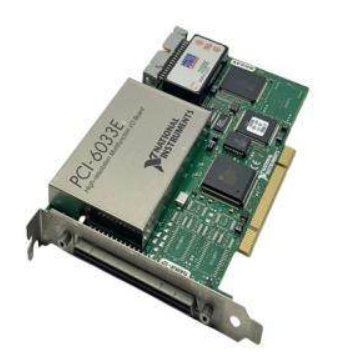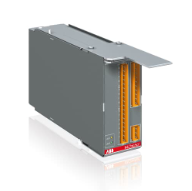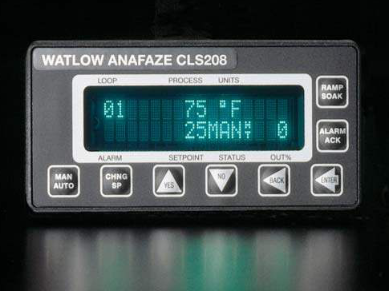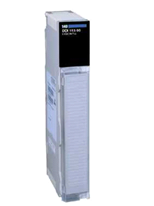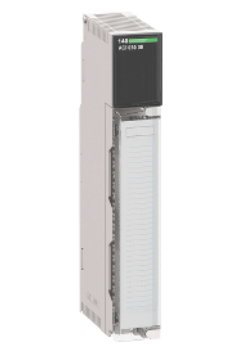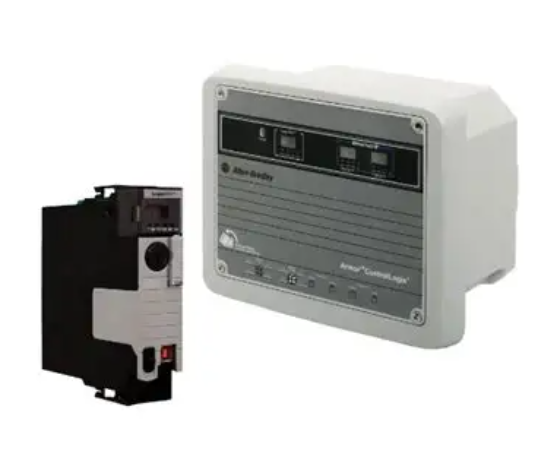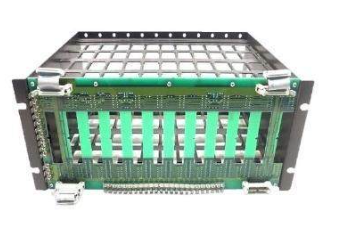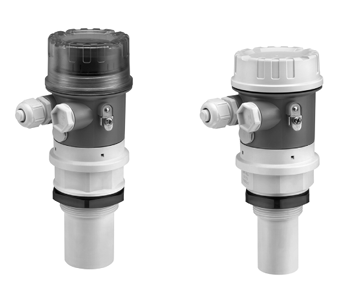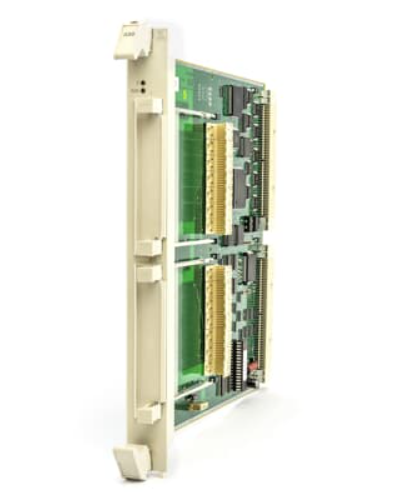ABB PHBAOT1500C200 Analog Input Base - Harmony Block I/O
Basic Information
Product Model Number: PHBAOT1500C200.
Product name: Analog Input Base - Harmony Block I/O. This is an analogue input base designed by ABB for the Harmony Block I/O system to process analogue input signals.
Functional features
Signal acquisition and processing functions
Multi-Channel Signal Acquisition: Typically, multiple analogue input channels are available to receive analogue signals from several external devices (e.g. sensors) at the same time. These sensors can be devices that measure physical quantities such as temperature, pressure, flow rate, liquid level, etc. For example, in a chemical production process, it can receive analogue signals from temperature sensors and pressure sensors to achieve real-time monitoring of the chemical reaction environment.
Signal conditioning function: Conditioning the input analogue signal is one of its important functions. It can amplify, filter and linearise the signal. The amplification function can enhance the weak sensor signal to a suitable level for subsequent processing; the filtering function can remove the noise and interference in the signal, such as high-frequency electromagnetic interference or industrial frequency interference, and improve the quality of the signal. Linearisation operation can convert some non-linear sensor output signals into linear signals for accurate calculation and control of the system.
Signal Adaptation and Compatibility Function
Signal Type Adaptation: It can adapt many types of analogue input signals, including voltage signals (e.g. 0 - 5V, 0 - 10V, etc.) and current signals (e.g. 4 - 20mA). In the industrial field, different sensors may output different types of analogue signals, the analogue input base can flexibly receive and process these signals. For example, a flow sensor that outputs a 4 - 20mA current signal and a level sensor that outputs a 0 - 10V voltage signal are both capable of efficient signal acquisition.
Compatibility with the Harmony System: As part of the Harmony Block I/O system, it is compatible with other modules in the system (e.g., controllers, other I/O modules, etc.). This compatibility ensures that analogue input signals are smoothly transmitted and processed throughout the system, enabling the system to work together. For example, it can accurately transmit the captured analogue signals to the controllers in the Harmony system for further control algorithms.
Protection Functions
Over-voltage protection mechanism: Built-in over-voltage protection circuitry prevents the internal circuitry from being damaged by automatically taking protective measures when the input analogue signal voltage exceeds the rated value. In industrial environments, overvoltage situations may occur due to power fluctuations, electromagnetic interference or sensor failures. For example, voltage spikes may occur where motors are frequently started or stopped. The overvoltage protection function effectively prevents these abnormal voltages from causing damage to the analogue input base.
Electrical isolation (possible): Some models may have an electrical isolation feature that electrically isolates the analogue input signals from the rest of the system. This helps to prevent external interfering signals (such as common mode interference) from affecting the analogue input signals, as well as internal signals from interfering with external equipment. In industrial environments where there are a large number of sources of electromagnetic interference (e.g. frequency converters, large motors, etc.), electrical isolation can significantly improve signal accuracy and system stability.
Diagnostic and Status Indication Functions
Fault diagnostic capability: With fault diagnostic function, it can detect common faults in the analogue input channel, such as short circuit, open circuit, signal out of range and so on. When a fault is detected, it can notify the user by flashing the indicator, sending the fault code to the control system or displaying the fault information in the software interface. For example, when a short-circuit fault occurs in an analogue input channel, the corresponding fault indicator lights up and sends the fault code to the control system at the same time, which is convenient for users to locate and repair the problem quickly.
Status Indicator Lamps: Equipped with status indicator lamps for visually displaying the working status of the analogue input base. These indicators can show information such as power status, signal reception status, and so on. For example, there are separate indicators for each analogue input channel. When the channel receives signals normally, the indicator lights up; when the channel is faulty, the indicator lights blink or go out, enabling users to quickly judge the operation of the equipment in the field.
Physical characteristics and interfaces
Interface type and number: with a variety of analogue input interfaces, interface type may include screw terminal interface or pin interface. Screw terminal interfaces are convenient for users to connect external devices with wires, while pin interfaces are more suitable for plug-in sensor connections. The number of interfaces depends on the product design, and a sufficient number of input channel interfaces are generally provided depending on the actual application scenario. In addition, there may be a power connector to provide power support for the analogue input base itself, which is usually a DC power connector.
Physical Design: The design is usually compact and easy to install in limited spaces such as control cabinets or equipment racks. The housing is generally made of metal or high-strength engineering plastics, with good impact resistance and heat dissipation performance. In terms of installation, it may support rail mounting or screw-fixed installation, which is convenient for users to choose according to the actual installation environment and requirements. The internal circuit layout is reasonable, taking into account the electromagnetic compatibility and heat dissipation requirements to ensure long-term stable operation.
Wiring management function (possible): Some products may provide wiring management functions, such as wiring channels or card slots for organising and protecting wires connected to equipment. This helps keep the inside of the control cabinet tidy and reduces safety hazards and signal interference caused by cluttered wires.

- User name Member Level Quantity Specification Purchase Date
- Satisfaction :
-









Email:wang@kongjiangauto.com

